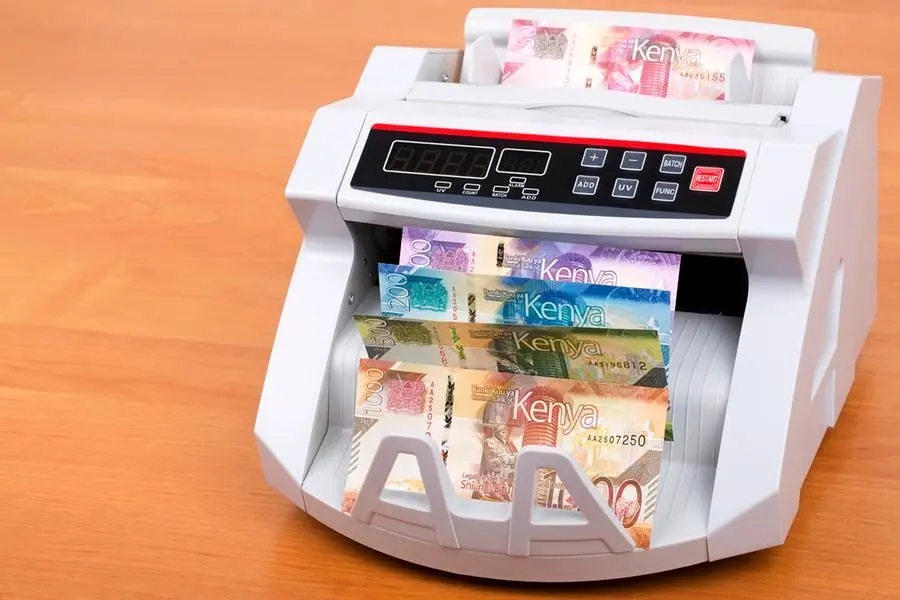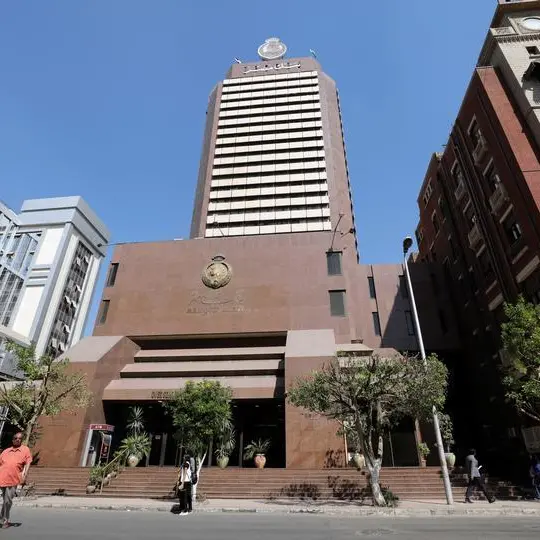PHOTO
Kenya’s National Treasury avoided the bond switch option in its debt management plan during the 2023/2024 fiscal year, owing to rising interest rates on treasury bills and bonds, as investors demanded compensation for lending to a government facing cashflow constraints, coupled with investor preference for short-term debt to avoid duration risks.
Yields on government securities have remained elevated over the past 18 months, director-in-charge of debt management Haron Sirima told The EastAfrican.“Treasury Bill-Treasury bond switch will add to higher interest cost, which would be inconsistent with the objectives of the 2023 medium-term debt strategy (MTDS),” he said.“Liability management operation is an opportunistic transaction. When short-term rates decline, opportunities arise to lengthen maturity structure of domestic to lower overall interest cost and settle risks.”Read: Kenya in debt crisis despite Eurobond repaymentA bond switch is a mechanism through which the government replaces existing shorter duration treasury bills and bonds with long-duration papers.
Central bank data shows average interest rates on the 91,182 and 364 Treasury bills stood at 15.99 percent, 16.6 percent and 16.7 percent respectively during the week ended May 30.
Compared to May 25, 2023 average interest rates on the 91,182 and 364 treasury bills stood 10.83 percent, 11.11 percent and 11.45 percent respectively.“Investor preference for short-term instruments has resulted in increased refinancing risk through accumulation of more short-term debt,” says National Treasury through its 2024 MTDS.
According to analysts at Genghis Capital that government has approximately Ksh123.53 billion ($942.97 million) worth of Treasury Bills and coupon and principal bullet repayments due this month and the National Treasury could use part of the proceeds of reopened bond auctions to refinance the upcoming maturities.
Budgetary supportIn the June 2024 Primary Bond Auction, the National Treasury is seeking to raise Ksh60 billion ($458.01 million) through the re-opening of various bond issues earmarked for budgetary support in the 2023/2024 fiscal year.“Overplays in pricing of risk premiums are expected to begin their decent, though gradually in the medium term, however, continued risk of higher for longer interest rates limits the downside potential,” according to Genghis capital.
Read: Kenya's public debt surges past $76bnOverall for the 2023/2024 fiscal year the government hopes to raise a total of Ksh1.24 trillion ($9.46 billion) from treasury bills and Ksh432 billion ($3.29 billion) from treasury bonds.
Commercial banks control close to 46 percent of the government debt market, followed by pension funds (29.43 percent), insurance companies (7.19 percent), parastatals (5.19 percent) and other investors (12.59 percent).
The latest bond switch which the National Treasury implemented in December 2022 fell below expectations after the ordinary bondholders declined to convert all their Ksh87.8 billion ($670.22 million) investments in Treasury bills into a long-term infrastructure bond.
Switch auctionThe results of the six-year bond issue No. IFB1/2022/006 dated December 5, 2022 (Switch auction) showed that the government received bids totalling Ksh52.9 billion ($403.81 million) for the six-year bond issue No. IFB1/2022/006 dated December 5 2022 priced at 13.215 percent against a target of Ksh87.8 billion ($670.22 million). Of the Ksh52.9 billion ($403.81 million) bids received the government only accepted Ksh49.11 billion ($374.88 million).
National Treasury, through its fiscal agent Central Bank, had hoped to convert Ksh87.8 billion ($670.22 million) worth of treasury bills and bonds that were maturing on December 5 2022 into a new six-year Infrastructure bond with a plea for the eligible investors to switch their investments. The infrastructure bond was also expected to give the government an interest payment relief of six months until June 5, 2023.
Read: As Kenya's diaspora inflows rise; state promotes stocks, bondsIn November 2022, President William Ruto said the government will not borrow money at interest rates of more than 10 percent, noting that the country’s cost of debt had become “unacceptable.”“The debt financing strategy of the government will be to source for highly concessional loans offered at below market interest rates. The commercial borrowing option will be maintained at minimum levels and only opted for as last resort,” said Dr Chris Kiptoo, National Treasury Principal Secretary.“The government will continue to minimise the costs and risk of borrowing against the set targets and actively manage liquidity and refinancing risks that may arise in the course of implementation of this plan,” Dr Kiptoo said.
As at end June 2023, the public debt stock stood at Ksh10.27 trillion ($78.39 billion), up from Ksh8.63 trillion ($65.87 billion) in June 2022 and, by January 2024, the debt had risen to Ksh11.24 trillion ($85.8 billion).
The Treasury is seeking to achieve gradual reduction of T-bills stock with domestic financing mainly sourced from medium to long-term Treasury bonds.
This plan seeks to minimise refinancing risk by lengthening the total portfolio Average Time to Maturity through issuance of medium to long-term bonds and concessional loans with longer maturities, minimize interest rate risk in terms of average time to re-fixing and to deepen the domestic bond market through issuance of more medium to long-term instruments as the main source of domestic financing.
Other objectives include achieving the least cost of debt in terms of interest payments as a percent of GDP and implied interest rate and a least present value of debt to GDP as a resulting outcome of the fiscal consolidation plan.
Debt Sustainability Analysis conducted in December 2023 indicates that Kenya’s public debt remains sustainable but with a high risk of debt distress. © Copyright 2022 Nation Media Group. All Rights Reserved. Provided by SyndiGate Media Inc. (Syndigate.info).























